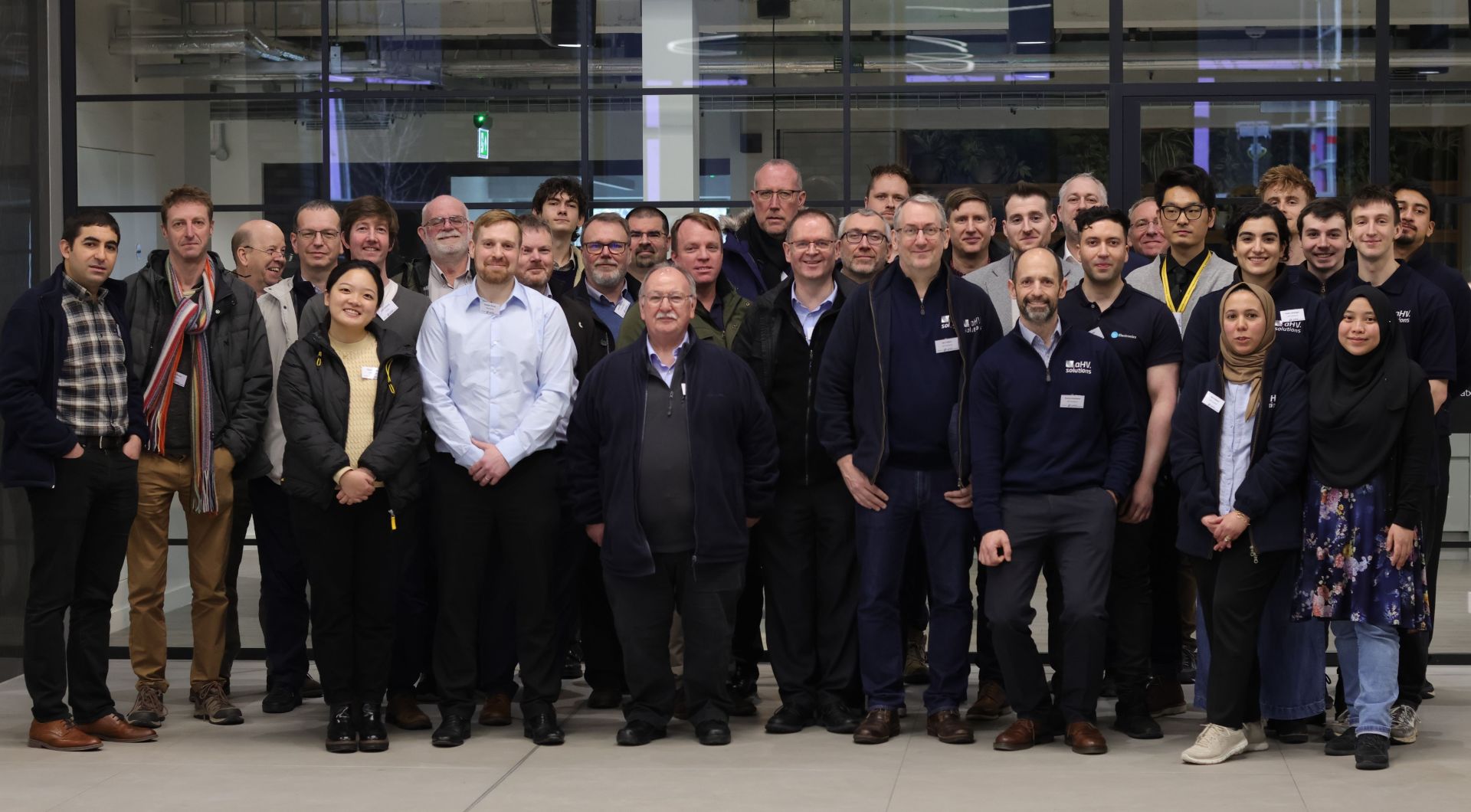Technical Seminar - 12th February 2025

In our inaugural technical seminar on the 12th of February 2025, we welcomed over 20 external guests to aHV. Drawn from companies mainly across the aerospace sector, they listened to a range of presentations from aHV staff members and invited guests. The information below is a summary of the content that was covered on the day. We were fortunate to have a great day of discussion with all of those working in the area of high voltage.
Welcome & Introduction: Our day started with a brief introduction from the managing director of aHV, David Chambers. David spoke of the origin story of how aHV came to be, the key areas we can help in the design, development and manufacturing step, and the purpose of the day. All links to the portal section QR codes and agenda of the day are given in this presentation.
Clearance & Creepage Distances - Is IEC 60664-1 Sufficient: Our first presentation from Ian Cotton and Hasti Jahangiri of aHV. We discussed the adequacy of IEC 60664-1 in respect of defining clearance and creepage distances. We also highlighted the work that we are doing to understand more about the likelihood of failure of creepage distances in polluted conditions.
Partial Discharge - Techniques For Measurement: The next presentation was given by Ian Cotton and Richard Gardner of aHV. Here, they discussed the phenomena of partial discharge as per IEC 60270, and testing with AC waveforms as well as transient waveforms. Richard explored topics into online PD measurements, the challenges they present, and the solutions to those challenges for robust testing.
Lifetime Under Partial Discharge and Using Ceramic Coatings: In this presentation, Scott from aHV and the University of Manchester discuss how lifetime varies for thin film materials. Information was given on our sinewave and squarewave endurance test rigs, as well as further insight into using laser confocal microscopes for surface failure characterisation.
Understanding Arc Modelling and Testing: The final technical presentation of the day was given by Abir Alabani from aHV. Abir discussed her findings from her expert subject area of arcing. Click on the download button to learn further about the dynamic and static modelling methods mentioned by Abir and her arc test set-up available to use at aHV laboratories.
The Aerospace Technology Institute by Sam Lee: The first industrial presentation of the day was given by Sam Lee from the ATI. Sam discussed an overview of the multiple paths to Net Zero. This presentation highlights the UK landscape for the top A&D firms, those who have received ATI funding, the roadmap to electrified propulsion, and the impact this technology will have on the electrical landscape.
Electrification at Rolls-Royce by Graham Bruce: In this presentation, Graham, discusses the various technologies at Rolls-Royce, and the key areas of electrification that require modernisation of the electrical architecture. The various routes to hybrid electric through more electrical demand, and hybrid propulsion are presented.
Lessons Learned: Partial Discharge Testing in Production by Richard Andersson: The final industrial presentation of the day was given by Richard Andersson from Habia. Richard presented how Habia uses PD testing in a cable production environment to detect defects and any areas that could exhibit localised PD. This presentation showcases how to optimise PD testing for other types of samples, even longer samples, and the recommendations and improvements given in test set-up.
Contact
-
aerospaceHV Ltd
Manchester Science Park, Unit 3, Rutherford House, 40 Pencroft Way, Manchester M15 6SZ -
info@aerospacehv.com
-
+44 7410580864

